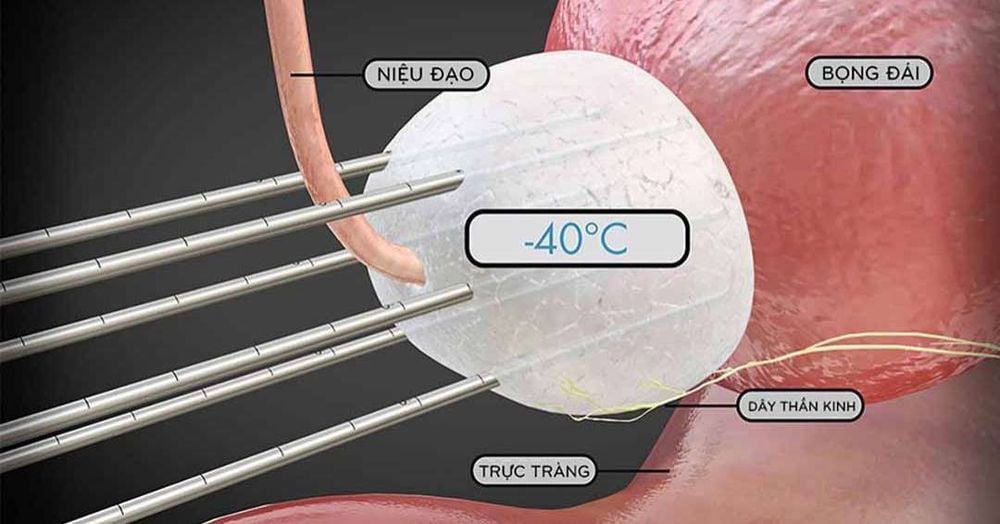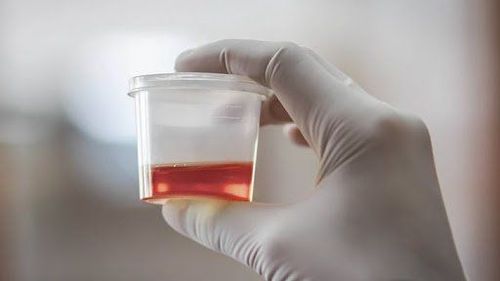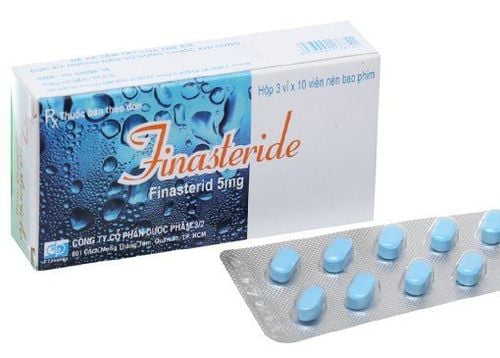This is an automatically translated article.
Cryotherapy in the treatment of prostate cancer is a treatment method based on the principle of freezing to destroy cancer cell tissue. This method is often used for patients in the early stages and for patients who have undergone other treatments.
1. What is cryotherapy in prostate cancer treatment?
Cryotherapy in the treatment of prostate cancer is a way to freeze prostate tissue, causing cancer cells to die. This is a minimally invasive procedure and is sometimes used as an alternative to prostatectomy.
Cryotherapy for prostate cancer can be used to treat patients in the early stages of the disease. It may also be an appropriate option for patients whose cancer has recurred after other treatments.
2. Why cryotherapy is suggested in the treatment of prostate cancer
Cryotherapy to freeze tissue in the treatment of prostate cancer is based on the mechanism of freezing tissues and killing prostate cancer cells.
Cryotherapy for prostate cancer may be suggested to patients at different times during cancer treatment. In addition, this method may also be recommended for the following cases:

Phương pháp áp lạnh trong điều trị ung thư tiền liệt tuyến
Recommended as primary treatment, especially for patients with early stage cancer confined to the prostate. Recommended after the patient has undergone other cancer treatments such as radiation therapy , to prevent the re-growth of prostate cancer cells. Cryotherapy for prostate cancer is generally not recommended for male patients in the following groups:
People with normal sexual function People who have had surgery for rectal or anal cancer People who cannot follow Monitor organs by ultrasound head during surgery. People with large tumors cannot be treated with cryotherapy because it can damage surrounding tissue and organs, such as the rectum or bladder. Currently, researchers are still looking into whether cryotherapy to treat part of the prostate gland is a suitable option for patients with cancer confined to the prostate. This is called "focused therapy," this strategy identifies the area of the prostate that contains cancer cells and treats only that area.
Studies have found that focused therapy reduces the risk of side effects, but it's not clear if it increases the chance of survival in the same way as whole-prostate treatments.
3. Possible risks of cryotherapy in prostate cancer treatment
Cryotherapy for prostate cancer can have some side effects as follows:
Erectile dysfunction Pain and swelling of the scrotum and penis Frequent urination, pain or difficulty urinating Blood in urine Loss of bladder control Bleeding or infection in the treated area. Rare side effects may include:
Damage to the rectum Obstruction of the urethral tube that carries urine out of the body Infection or inflammation of the pubic bone.

Sử dụng phương pháp áp lạnh điều trị ung thư tiền liệt tuyến có thể bị rối loạn cương dương do tác dụng phụ
4. Cryotherapy in prostate cancer treatment
First, the doctor will clean the patient's colon with a liquid solution (enema) and give the patient an antibiotic to prevent infection during surgery.
Cryotherapy for prostate cancer is done in the hospital. The patient may be given general anesthesia, or the surgical area may be anesthetized with a local anesthetic.
Once the anesthetic takes effect, the doctor will place an ultrasound probe into the patient's rectum. Then, a catheter inside the urethral canal is inserted to transport urine from the bladder out of the penis.
The catheter is filled with a warming solution to keep the urethra from freezing during the procedure. The patient will also have several thin metal probes or needles inserted through the area between the scrotum and anus into the prostate gland. To determine the exact position of the needles, the doctor will have to use the images generated by the ultrasound probe.
Once located, argon gas is released through probes or needles to cool and freeze nearby prostate tissue. While pushing air in, the doctor will continuously monitor and control the temperature of the needle and the amount of frozen in the prostate.
To assist with urine drainage after cryotherapy, a catheter may be placed into the bladder through the lower abdomen to drain urine.

Khi điều trị bằng phương pháp áp lạnh đối với ung thư tuyến tiền liệt có thể xuất hiện tình trạng nước tiểu có máu trong vài ngày
After the end of cryotherapy, the patient can go home immediately or can stay overnight in the hospital for monitoring if needed. The catheter needs to stay in place for about two weeks to heal. Patients may also be given antibiotics to prevent infection during this time.
Cryotherapy for prostate cancer usually does not cause much blood loss, however, patients may still experience some symptoms such as:
Pain and bruising for a few days where the tube is inserted Blood in the water urinating for a few days It takes some time to settle down after emptying the bladder and bowels. Sexual dysfunction after cryotherapy for prostate cancer. Prostate cancer patients who receive cryotherapy will have regular follow-up visits as well as periodic imaging scans and tests to check the cancer's response to treatment. The current method of cryotherapy in the treatment of prostate cancer is new technology cryosurgery transducer ultrasound and strict temperature monitoring.
Vinmec International General Hospital applies cryotherapy in prostate cancer treatment. Cryotherapy minimizes blood loss, the hospital stay is shorter and the recovery time is shorter, and the patient has less swelling and pain compared to surgery. In addition, this therapy can still be used after the patient has had other conventional therapies.
Vinmec International General Hospital always updates and applies advanced techniques in cancer treatment. Not only ensuring professional quality with a team of leading medical doctors, a system of modern technological equipment. The hospital provides comprehensive, professional medical examination, consultation and treatment services, with a civilized, polite, safe and sterile medical examination and treatment space.
Please dial HOTLINE for more information or register for an appointment HERE. Download MyVinmec app to make appointments faster and to manage your bookings easily.
Reference source: mayoclinic.org












